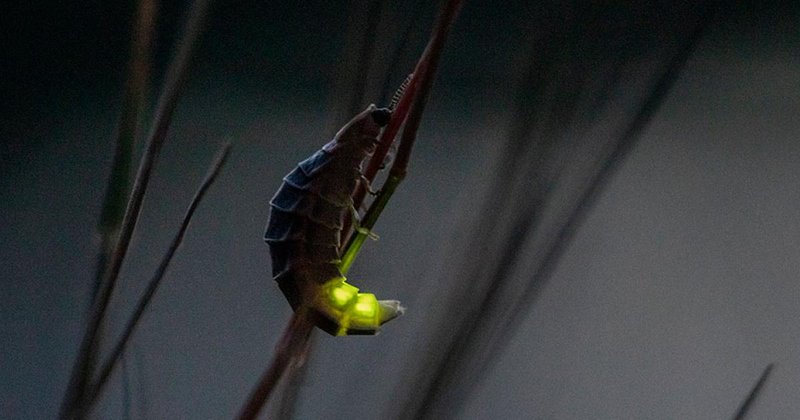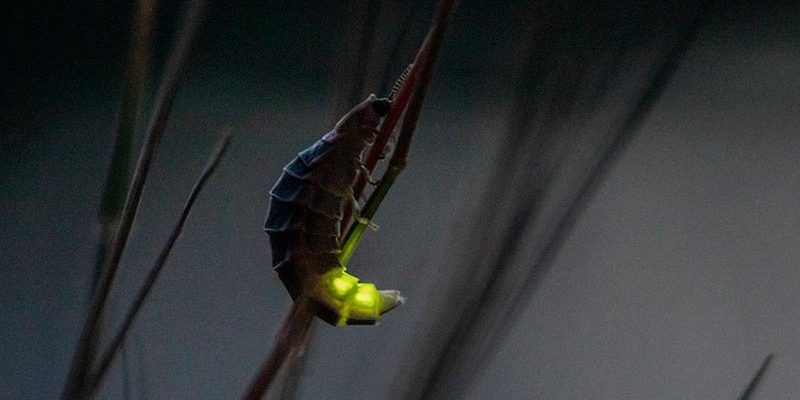
Light pollution interferes with the delicate balance of ecosystems, and glow worms are especially vulnerable. Their lights aren’t just pretty; they’re crucial for attracting mates and hunting. Let’s dive into how light pollution disrupts their lives and what that means for our natural world.
What Are Glow Worms?
Before we tackle the impact of light pollution, it’s helpful to understand what glow worms are. Most people think of them as insects, but they’re actually the larvae of beetles. In particular, the species *Lampyridae* is famous for its bioluminescent glow. You might picture them hanging from a leaf, casting a dreamy light while they patiently await their next meal—usually a snack of unsuspecting insects.
These glow worms produce light through a chemical reaction in their bodies, which involves a special substance called luciferin. This glow serves a dual purpose: it attracts mates and lures in prey. When things are just right—like a dark and quiet environment—glow worms can truly shine. Unfortunately, our expanding cities and artificial lighting are changing that.
What Is Light Pollution?
So, what exactly is light pollution? Think of it as unwanted or excessive artificial light that brightens our night skies. It comes from streetlights, billboards, buildings, and even your neighbor’s porch light. While it might make our evenings feel safer, it’s wreaking havoc on wildlife.
There are several types of light pollution:
- Skyglow: The bright halo seen above cities, caused by light scattering in the atmosphere.
- Glare: Excessive brightness that causes visual discomfort.
- Light trespass: Light from one property spilling into another space.
- Clutter: Bright, confusing groupings of light, like those found in busy urban areas.
Green spaces and quiet areas are getting harder to find, and that’s where glow worms suffer the most. Their glow depends on darkness, just like how we depend on a good night’s sleep to recharge.
How Light Pollution Affects Glow Worm Behavior
You might be wondering, “How does light pollution affect glow worms specifically?” Great question! The thing is, glow worms rely heavily on their bioluminescent light for survival. When bright lights intrude, it can disrupt their natural behavior in several ways.
First off, glow worms struggle to attract mates. Think about it: if you’re trying to impress someone at a loud party, it’s tough to get noticed. Bright lights can drown out the glow of potential partners, making it harder for these little critters to find each other.
Additionally, artificial lighting can confuse them when they’re hunting for food. Their glow attracts prey, but if they’re competing with streetlights or other artificial sources, it becomes a race to see who shines brighter. Unfortunately, it’s usually not them.
The Impact of Light Pollution on Glow Worm Populations
The implications don’t stop at individual behavior; light pollution can lead to significant declines in glow worm populations. When they can’t find mates, reproduce, or hunt effectively, their numbers dwindle. It’s a heartbreaking ripple effect that can disrupt the entire ecosystem they’re part of.
You might think, “Do glow worms really make a difference?” Absolutely! They play a role in the food web, supporting other wildlife. Birds, bats, and other insects rely on them for food. If glow worms start to vanish, it could throw off the balance of local ecosystems and create larger problems for biodiversity.
What Can Be Done to Protect Glow Worms?
The good news is that there are steps we can take to protect glow worms and reduce light pollution. Here are some ideas that are simple but impactful:
- Reduce Outdoor Lighting: Use motion sensors or dimmer lights to minimize light exposure in natural areas.
- Choose Warm Lighting: Opt for bulbs that emit a warm yellow light, which is less disruptive to night creatures.
- Advocate for Dark Sky Parks: Support initiatives that promote dark areas for wildlife, which can help protect glow worm habitats.
- Educate Others: Share information about the importance of glow worms and the negative effects of light pollution.
Every little bit helps! By being conscious of our lighting habits, we can contribute to a healthier environment for these fascinating creatures.
The Bigger Picture: Why This Matters
You might be wondering why we should care so much about glow worms and light pollution. Here’s the thing: it’s not just about one insect; it’s about our connection to nature. Glow worms are a small part of a much larger ecosystem, and their decline represents a larger trend of environmental change.
Protecting glow worms means protecting their habitats, which in turn supports a multitude of other wildlife. Plus, seeing them glow on a warm night can remind us of the beauty and magic that nature holds. It connects us to the idea that we’re a part of something bigger.
In a world filled with artificial lights, the struggle of glow worms reminds us of the delicate balance in nature. Light pollution isn’t just a minor annoyance; it has real consequences for these tiny yet vital creatures. By understanding how light pollution affects glow worms, we can take actionable steps to reduce our impact on the environment.
So, next time you’re out at night, take a moment to appreciate the beauty around you. If we all do our part by advocating for better lighting practices and protecting natural habitats, we can help ensure that glow worms—and many other creatures—continue to illuminate our lives for generations to come. Let’s work together to keep our nights enchanted and dark for the glow of those magical little beings!

